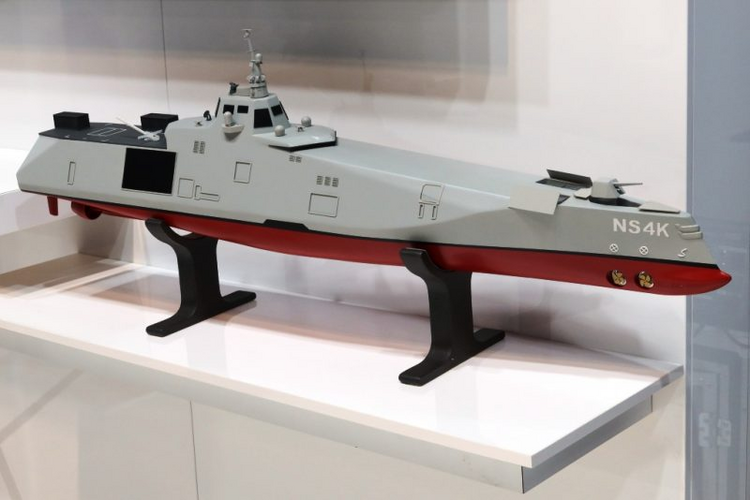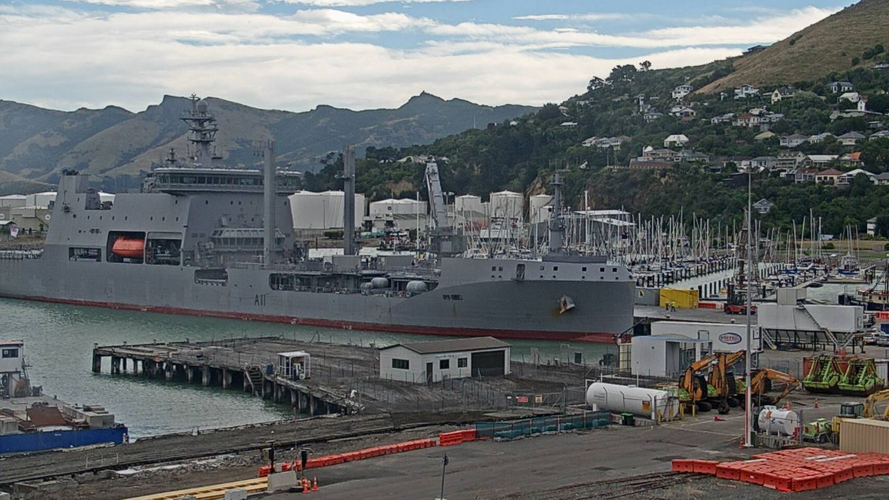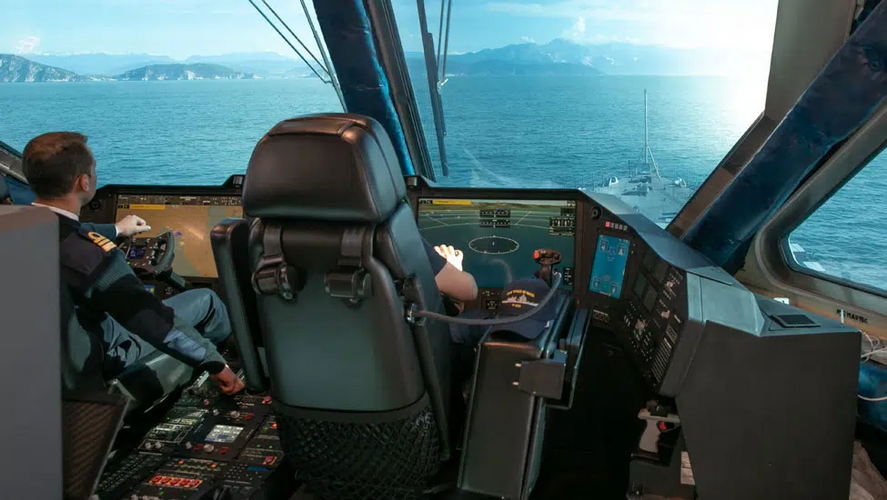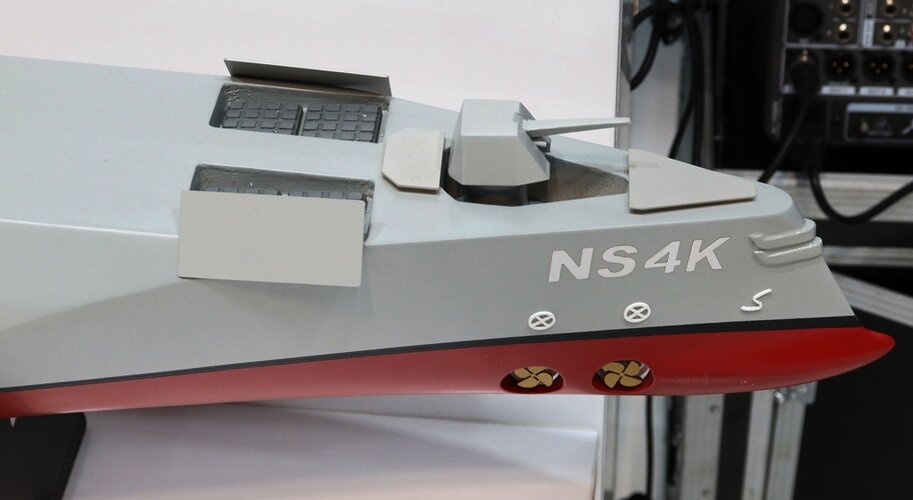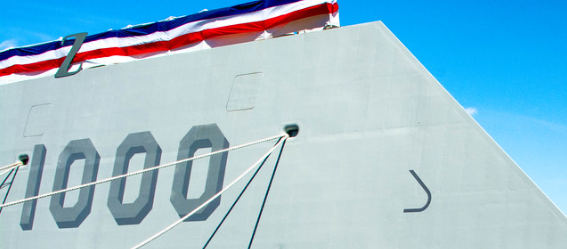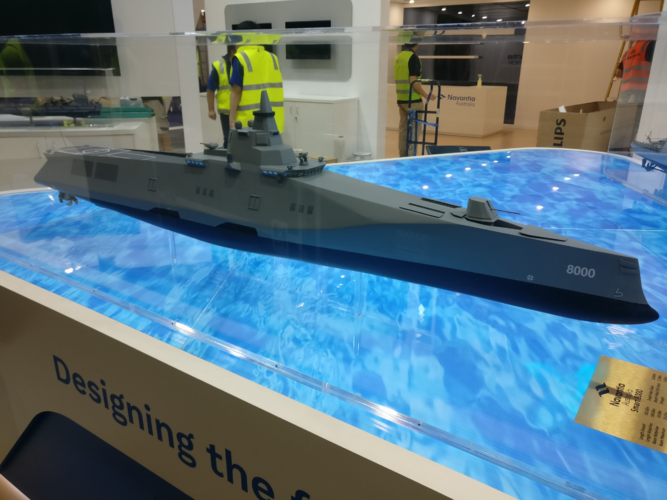- Joined
- 9 October 2009
- Messages
- 19,999
- Reaction score
- 10,521
View: https://www.reddit.com/r/WarshipPorn/comments/rw3m1m/navantia_smart_4000_concept_800x534/
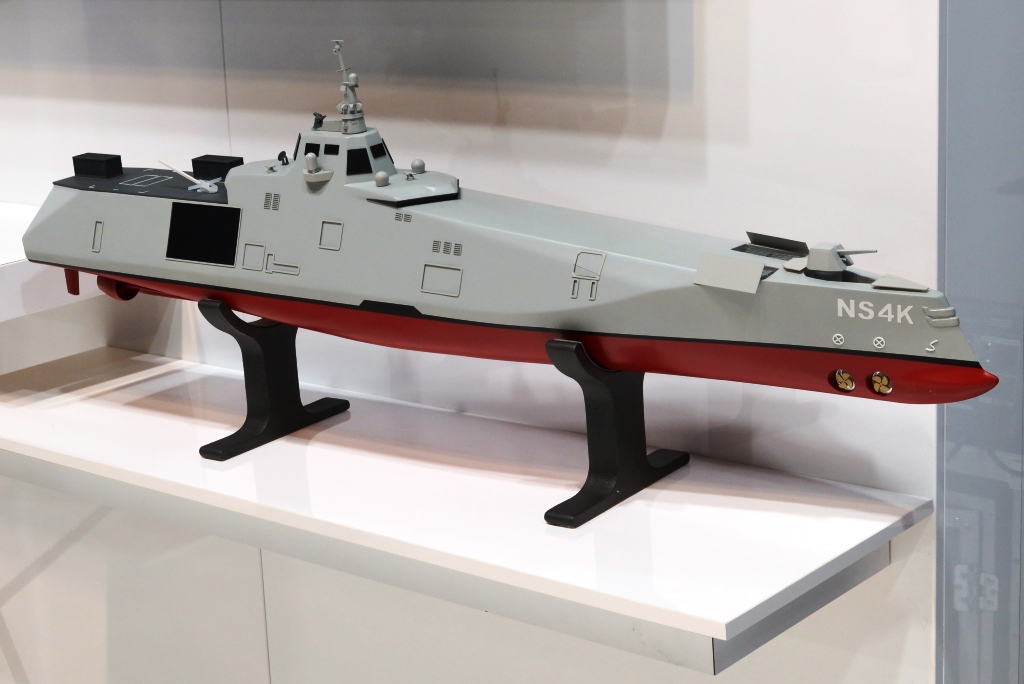
 www.edrmagazine.eu
www.edrmagazine.eu

SMART 4000: Navantia looks at the future - EDR Magazine
A double innovation was visible in the Navantia stand at FEINDEF, in the form of a model of what might

